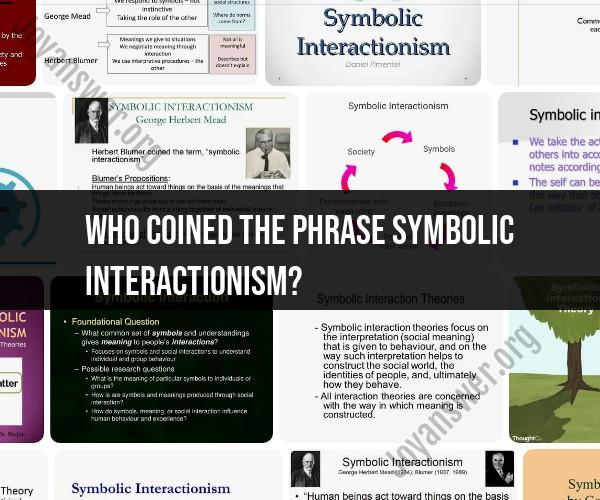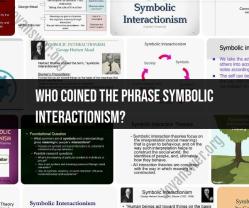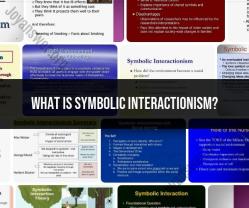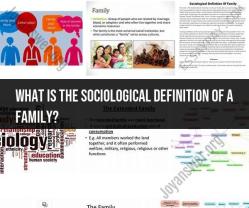Who coined the phrase symbolic interactionism?
The phrase "symbolic interactionism" was coined by American sociologist Herbert Blumer. Blumer was a prominent figure in the development of symbolic interactionism as a sociological perspective. He introduced the term in the early 20th century to describe a theoretical framework that focuses on the symbolic meanings and interactions that occur in everyday social life.
Herbert Blumer was greatly influenced by the work of George Herbert Mead, another key figure in symbolic interactionism. Mead's ideas on the social construction of reality, the self, and the role of symbols in human interaction laid the foundation for symbolic interactionist theory. While Mead did not use the term "symbolic interactionism" himself, Blumer later coined the phrase to encapsulate the key concepts and principles of this sociological perspective.
Symbolic interactionism emphasizes the importance of symbols, language, and social interactions in shaping individuals' understanding of the world and the construction of meaning in society. It has had a significant impact on sociology, anthropology, and other social sciences, influencing research on topics such as identity, socialization, communication, and the interpretation of symbols in various cultural contexts.
The origin story of symbolic interactionism involves a fascinating confluence of ideas and people! Let's delve into the historical tapestry:
1. Coining the Phrase:
While various scholars contributed to the core tenets of symbolic interactionism, credit for coining the specific phrase usually goes to Herbert Blumer, an American sociologist who played a pivotal role in developing and formalizing the theory.
2. Introduction to Sociology:
Blumer was not the first to explore the significance of symbols and interactions in social life. George Herbert Mead, another American philosopher and sociologist, laid the groundwork with his concept of the self and symbolic communication. He presented his ideas in influential works like "Mind, Self & Society" published in 1934.
3. Emergence and Prominence:
The term "symbolic interactionism" didn't appear until later. Blumer first used it in his 1937 paper "Social Change and the Interactional View" and further elaborated on it in his 1969 book "Symbolic Interactionism: Perspective and Method." Through his writings and teachings, Blumer helped synthesize and systematize the existing ideas, gaining recognition for the term and the theoretical framework it represented.
4. Associated Works:
Besides Blumer's contributions, other scholars like Charles Horton Cooley, Erving Goffman, and Harold Garfinkel added important pieces to the puzzle, contributing works like "Looking-Glass Self" (Cooley, 1902), "The Presentation of Self in Everyday Life" (Goffman, 1959), and "Studies in Ethnomethodology" (Garfinkel, 1967). These works, along with Blumer's, helped solidify the theoretical edifice of symbolic interactionism.
5. Context of Recognition:
Symbolic interactionism emerged as a critical counterpoint to dominant sociological theories of the time, which often emphasized structural and functionalist perspectives. Its focus on individual meaning-making, social construction of reality, and the micro-level dynamics of interaction offered a fresh and influential lens for understanding human behavior and society.
Remember:
While Blumer gets the credit for coining the term, symbolic interactionism was a collaborative effort, drawing on the ideas of multiple scholars and evolving through ongoing dialogue and debate. Its historical context and diverse contributions are crucial to understanding its enduring significance in the field of sociology.
So, the next time you encounter the phrase "symbolic interactionism," remember the intellectual journey it represents, with Blumer serving as the guide but not the sole creator of this dynamic and insightful perspective on the human experience.













